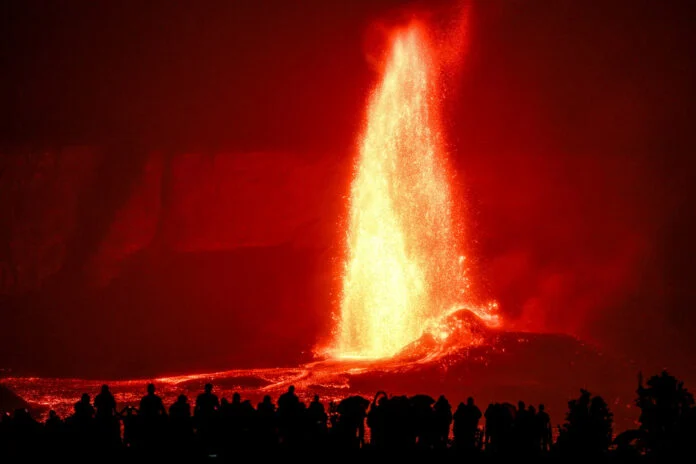BY THE ARCHAEOLOGIST EDITOR GROUP
The Balkans, a region rich in history and cultural diversity, have long intrigued historians and scientists alike. A recent study titled "A Genetic History of the Balkans from Roman Frontier to Slavic Migrations" delves deep into the genetic evolution of this area, tracing its transformation from the Roman era to the Early Middle Ages. This article explores the groundbreaking insights from this study, shedding light on the complex genetic and cultural landscape of the Balkans.
Roman Era: Beyond the Empire's Shadow
Contrary to popular belief, the Roman Empire's genetic influence on the Balkans was minimal. The study reveals a surprising influx of genetic material from Anatolia during the Roman Imperial period, challenging the traditional narrative of Roman dominance in shaping the Balkan gene pool.
The Mosaic of Migrations
The Balkans have been a crossroads for various cultures and peoples. The study uncovers evidence of diverse migrations, including groups from Central and Northern Europe as well as from the Pontic-Kazakh Steppe. This diversity is a testament to the region's historical role as a melting pot of ethnicities.
The Slavic Footprint
One of the study's most striking findings is the substantial demographic impact of early medieval Slavic migrations. These migrations have left a significant imprint on the genetic makeup of modern Balkan populations, underscoring the Slavs' pivotal role in shaping the region's genetic heritage.
Proportions of Eastern-European-related ancestry (in black) for present-day Balkan and Aegean populations.
Integration and Admixture: A Historical Crossroads
The research highlights the Balkans' role as a historical junction where various population groups not only coexisted but also intermingled. This extensive integration and admixture have created a unique genetic and cultural blend characteristic of the Balkan region.
Looking Ahead: Challenges and Opportunities
While the study offers remarkable insights, it acknowledges the limitations posed by fragmentary archaeological records and potential sampling biases. It paves the way for future research to further unravel the Balkans' complex demographic history.
This study on the genetic history of the Balkans offers a new perspective on the region's past. By analyzing genome-wide data from ancient individuals, it provides a clearer understanding of the demographic changes and migration patterns over centuries. The Balkans, a historical melting pot, continue to reveal their secrets, contributing significantly to our understanding of human history and migration.
PCA of the West-Eurasian genetic variability showing present-day individuals as gray circles (except present-day Balkan populations that are displayed with open colored triangles) and relevant ancient populations as colored polygons (Balkan Iron Age groups in blue, Southern European Iron Age groups in light blue, ancient Near Easter groups in red, and ancient Steppe, Central, Northern, and Eastern European groups in green), including all individuals in each population (Data S2, Table 3).
This article is based on the insights and findings from the study "A Genetic History of the Balkans from Roman Frontier to Slavic Migrations." The research offers a new lens through which to view the rich tapestry of the Balkan region, inviting further exploration into this fascinating chapter of human history.









